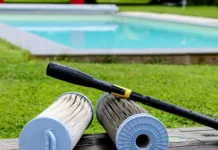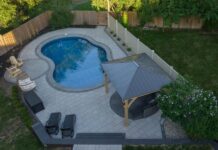It is a fact, as well as a thing everyone knows, that plants cannot succeed without proper light. When you want to start some seeds inside your home, one of the most important factors is providing good light – and there are various lights out there. So for example, Oregon Grow Cabinets writes about 600W LED grow lights, which is something you need to check out.
Of course, you also need to choose a good seeds mix. In addition, you have to establish a good routine for watering the plants. However, proper lighting is crucial if you want to have healthy and stocky seedlings in your home. Check here to find a good lamp. To make your life and seeding experience easier, LED grow lights are able to provide all the necessary light they need to thrive and grow strong. So let us look at some of the key points to consider when growing seeds under these lights.
Types of Grow Lights
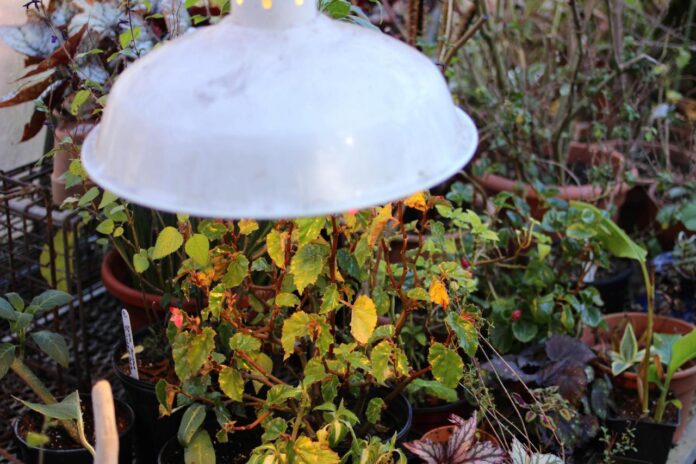
The three main types of grow lights are HPS, MH, and LED. Here is a brief overview of each:
HPS stands for high-pressure sodium. These lamps use intense heat to produce plants with large buds. While they offer a lot of benefits, they also have several drawbacks, including high electricity bills and the need for powerful ventilation.
MH stands for metal halide. These lamps use a combination of light and heat to produce plants that are dense with trichomes (hairs that contain cannabinoids). They tend to be less expensive than HPS lamps and have fewer drawbacks, including shorter flowering times and lower yields.
LEDs are becoming increasingly popular because they offer many of the benefits of both HPS and MH lamps without any of the drawbacks. They produce smaller buds than HPS lamps but can yield more flowers over the course of a longer flowering period.
HID: High-Intensity Discharge lights use a special type of bulb that produces an intense amount of light. They can be expensive, but they produce great results and are usually recommended for larger grows. HID lights use a magnetic ballast, so they’re efficient and reliable.
Fluorescent: They produce a broad spectrum of light, which is good for vegetative growth but not so great for flowering. Most fluorescent lights use a mercury vapor light bulb.
Light Intensity
Seedlings generally need a lot of bright light. When or if they do not have enough, they become leggy and weak. Unfortunately, in many cases, even the best list rooms with sunniest windows do not provide the right intensity and amount of light plants need. The best solution you have here is to grow your indoor garden by placing it under LED or fluorescent grow lights, specially designed to provide the exact amount that the plants need.
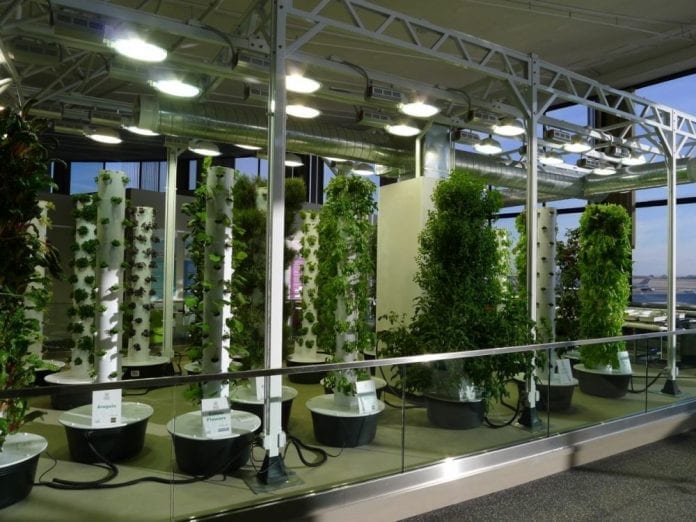
When growing plants this way, you are able to control the light intensity in two ways. You can choose the brightness of the bulb, as well as how close the bulb is to the foliage of the plant. This allows you to provide the plant with high light intensity by positioning the bulbs 2-3 inches above them. These LED grow lights are especially great for starting the seeds because they emit very little heat. In addition, they famously use only half the electricity, generally last five times longer than fluorescent bulbs, are free of mercury and will not shatter like glass if they break. Regular bulbs are not used for growing seeds because they give off too much heat. This can actually burn the tender foliage and kill the plant.
As the seedlings grow, you will have to raise the light about once a week. Always keep the lights a few inches above the plant. Get a light stand with one or more adjustable fixtures to make this task very easy.
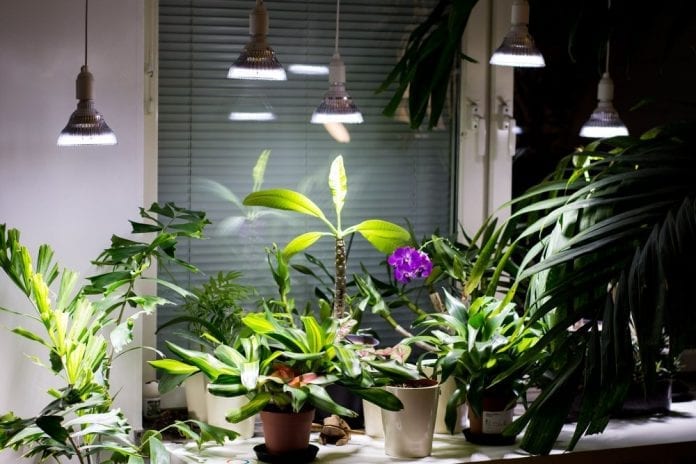
Duration of Light
Most of the vegetables are “long-day” plants. This means that they require between 14 and 18 hours of sunlight, or artificial light, per day. Equally important for healthy growth is the resting period. Always be sure that your seedlings have at least six hours of darkness per day. An automatic timer can help and is the best way to make sure the lights are on for the right amount of time.
Color of Light
Of course, natural sunlight is the ideal light for starting your seedlings. This is not always possible, so you can use full-spectrum light bulbs, which gets you pretty close. Both LED, and fluorescent full-spectrum bulbs make a right balance of warm and cool light. This replicates the natural solar spectrum and gives the seeds exactly what they need, mimicking natural surroundings.
We hope your seeding experience is fun, and that your plants grow healthy and strong. There are many guides and advice about seed starting that include useful tips online. You are only a couple of steps away from making a perfect little garden in your home!


